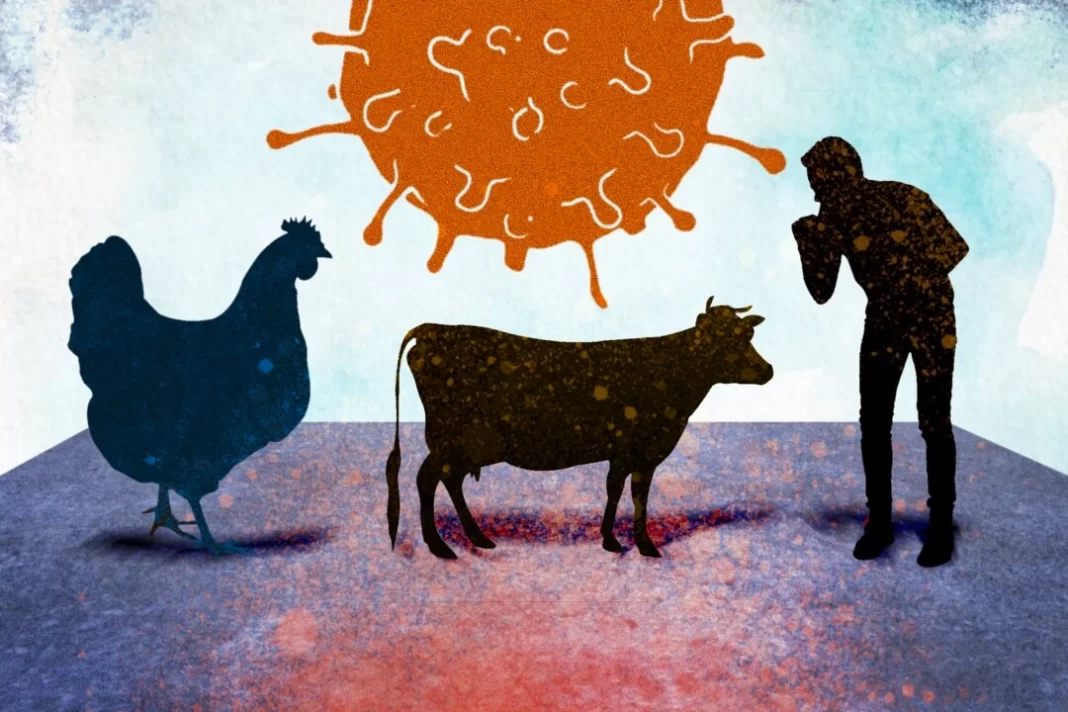Certain types of bird flu viruses that typically spread among birds are now causing infections in cows and humans in Western countries.
In the past six months, bird flu has surprised scientists at least twice.
Bird flu viruses have circulated mainly in birds for a long time. However, in early December 2023, an outbreak occurred in U.S. dairy cows, even though cattle are not typically susceptible to avian influenza A, the bird flu virus.
In late March, a U.S. dairy farm worker was infected by a H5N1 virus from a cow.
On May 22, a second human case of H5N1 infection was reported with prior exposure to infected dairy cows in Michigan.
On the same day in May, an Australian child was infected by an H7 strain, another subtype of influenza A known to cause human infections.
Since bird flu infections in humans are rare, these incidents have raised significant concern among scientists.
Why is this happening, and how concerned should we be?
This article aims to avoid unnecessary fear about a potential future pandemic. Instead, we encourage people to think rationally and make appropriate adjustments for the future.
Rapid Spread in Birds
The history of the H5N1 virus family can be traced back to 1996 when it was first discovered in a sick goose in the Guangdong province of China.
H5N1 has evolved, resulting in different genetic lineages (clades) as they mutate, similar to a typical pattern of behavior for RNA viruses such as the ever-emerging COVID-19 variants. In 2013, the H5N1 clade 2.3.4.4b emerged. Since then, it has spread rapidly to nearly 100 countries across Asia, Europe, Africa, and America, becoming the most dominant clade and causing significant losses to the poultry industry.
In December 2021, this particular clade 2.3.4.4b, was first identified in wild birds in the United States.
The clade quickly mixed with other circulating influenza A viruses in wild birds in North America. This resulted in viral reassortment and recombination of genes and exhibiting diverse characteristics. Many of these variants cause severe illnesses in mammals, significantly affecting their nervous system.
By Yuhong Dong, M.D., Ph.D. and Xiaoxu Sean Lin, M.D., Ph.D






